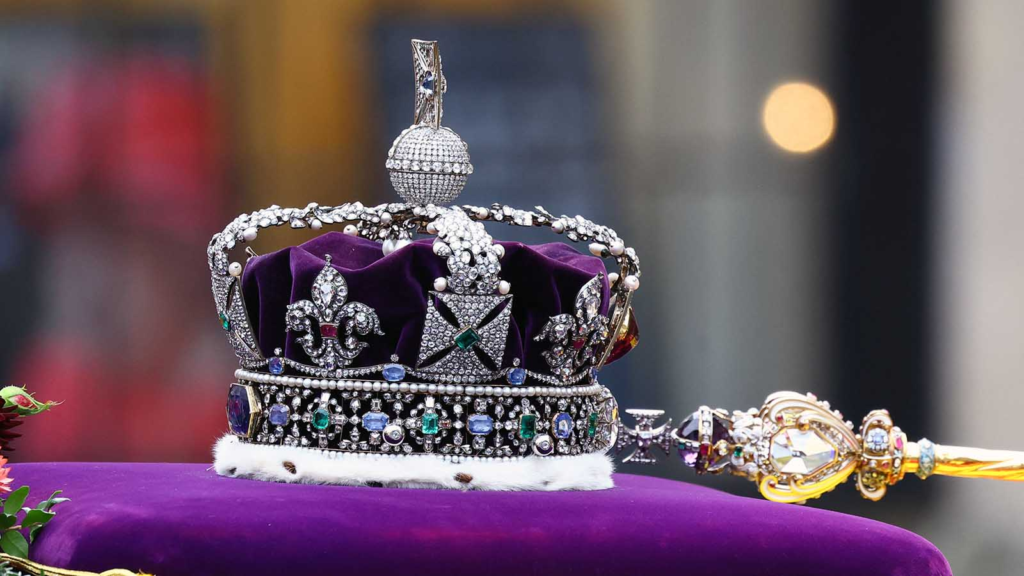Amidst all this buzz about the king’s coronation, South Africans are demanding a return of the Cullinan diamond.
In 1905, workers discovered the largest diamond ever found, a 3,106-carat diamond in the Premier Mine in South Africa. They named it the “Cullinan Diamond.” Eventually, the diamond was cut into several smaller gems, some of which now reside in the British Crown Jewels. But now, South Africans are calling for the return of the Cullinan Diamond looted during the colonial era.

The movement to repatriate stolen artefacts and cultural objects has gained momentum in recent years. With countries like Greece and Nigeria calling for the return of their own stolen treasures. The issue of colonial-era looting is particularly fraught in South Africa. Centuries of colonization and apartheid have left deep scars on the nation.
Many South Africans view the looting of the Cullinan Diamond as a symbol of the injustices of the past. During a time when South Africa was under British colonial rule, the British colonizers took the diamond from the country. To them, the return of the diamond would be a step toward righting the wrongs of the past. It is also a step towards reclaiming a piece of their country’s heritage.
The campaign to return the Cullinan Diamond is being led by the African National Congress (ANC). This party has governed South Africa since the end of apartheid in 1994. The ANC has called for the repatriation of not only the diamond but also other cultural objects and artefacts taken by the colonizers.
The issue of repatriation is not just a matter of reclaiming stolen treasures. It is also a matter of national pride and identity. For many South Africans, the Cullinan Diamond represents their country’s rich natural resources and cultural heritage. To have it reside in a foreign country is a painful reminder of the injustices of the past.
However, the issue of repatriation is not without its complexities. British colonizers took many of the artefacts during colonial treaties or purchases. Additionally, some argue that the return of these treasures would set a precedent that could lead to a flood of repatriation requests from other countries.

Despite these challenges, the movement to repatriate stolen cultural objects continues to gain momentum. In 2018, French President Emmanuel Macron called for the repatriation of African cultural objects, taken without consent during the colonial era. The British Museum has also faced calls to return artefacts taken from Greece, Nigeria, and other countries.
The issue of repatriation is not just a matter of returning stolen objects. It is a complex issue that requires careful consideration and dialogue between nations. The larger movement to address the injustices of the past includes South Africa’s call for the return of the Cullinan Diamond, which is just one part of the movement. The call is also a claim to the cultural heritage that British colonizers took from countries during the colonial era.
In the end, the issue of repatriation is about more than just the return of stolen treasures. It is about acknowledging the injustices of the past and working toward a more equitable future. The return of the Cullinan Diamond would be a small but significant step in that direction, a symbol of South Africa’s determination to reclaim its cultural heritage and move forward from the injustices of the past.


